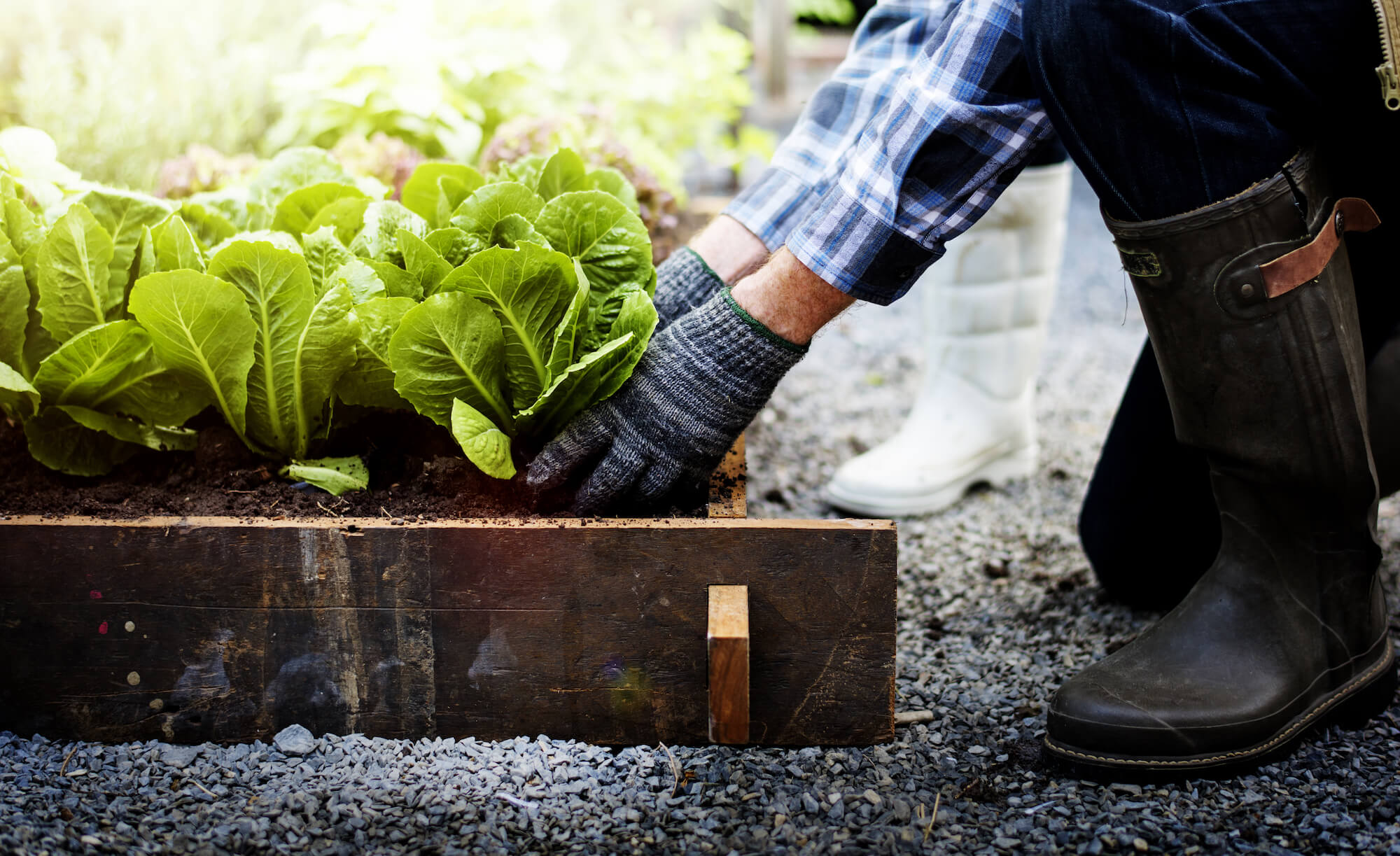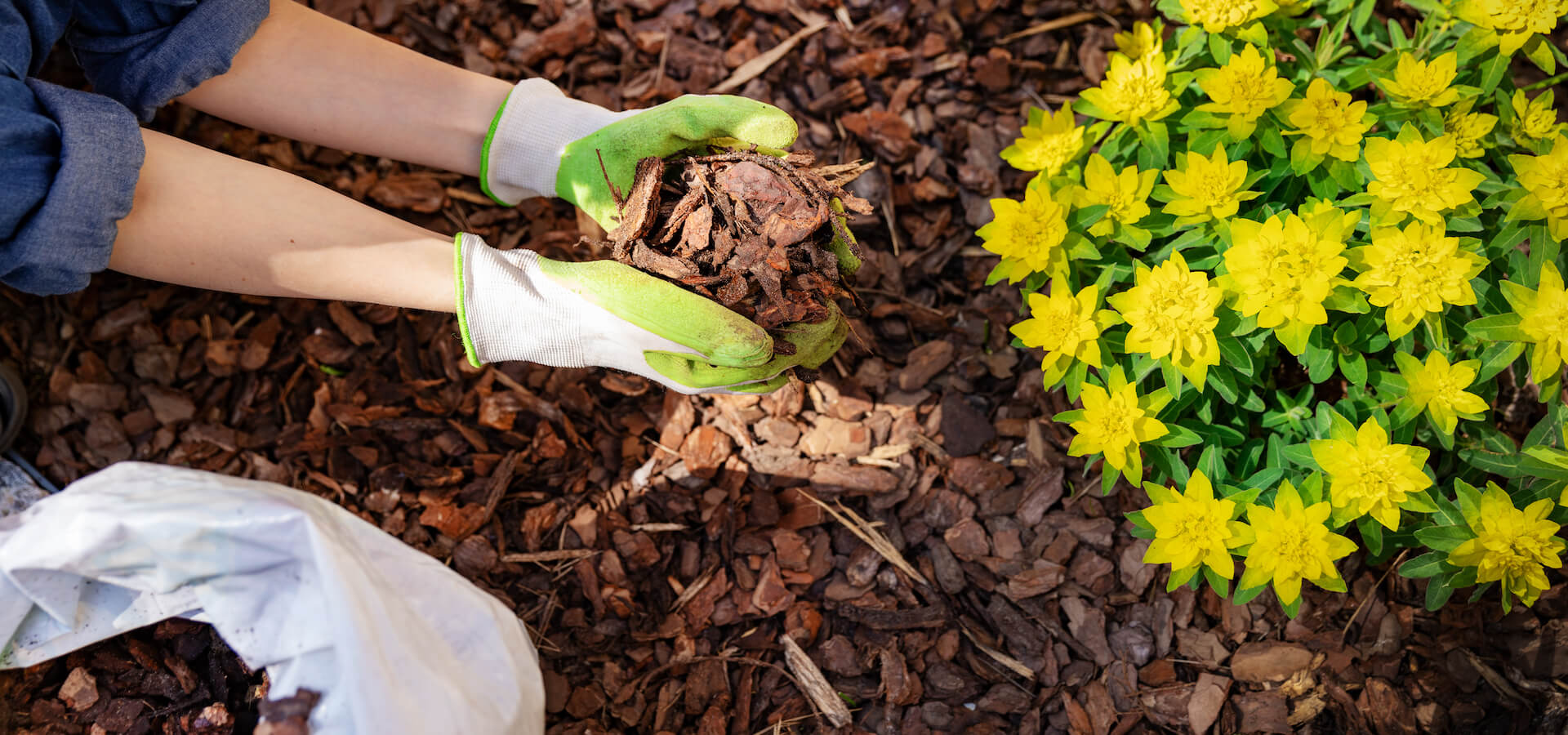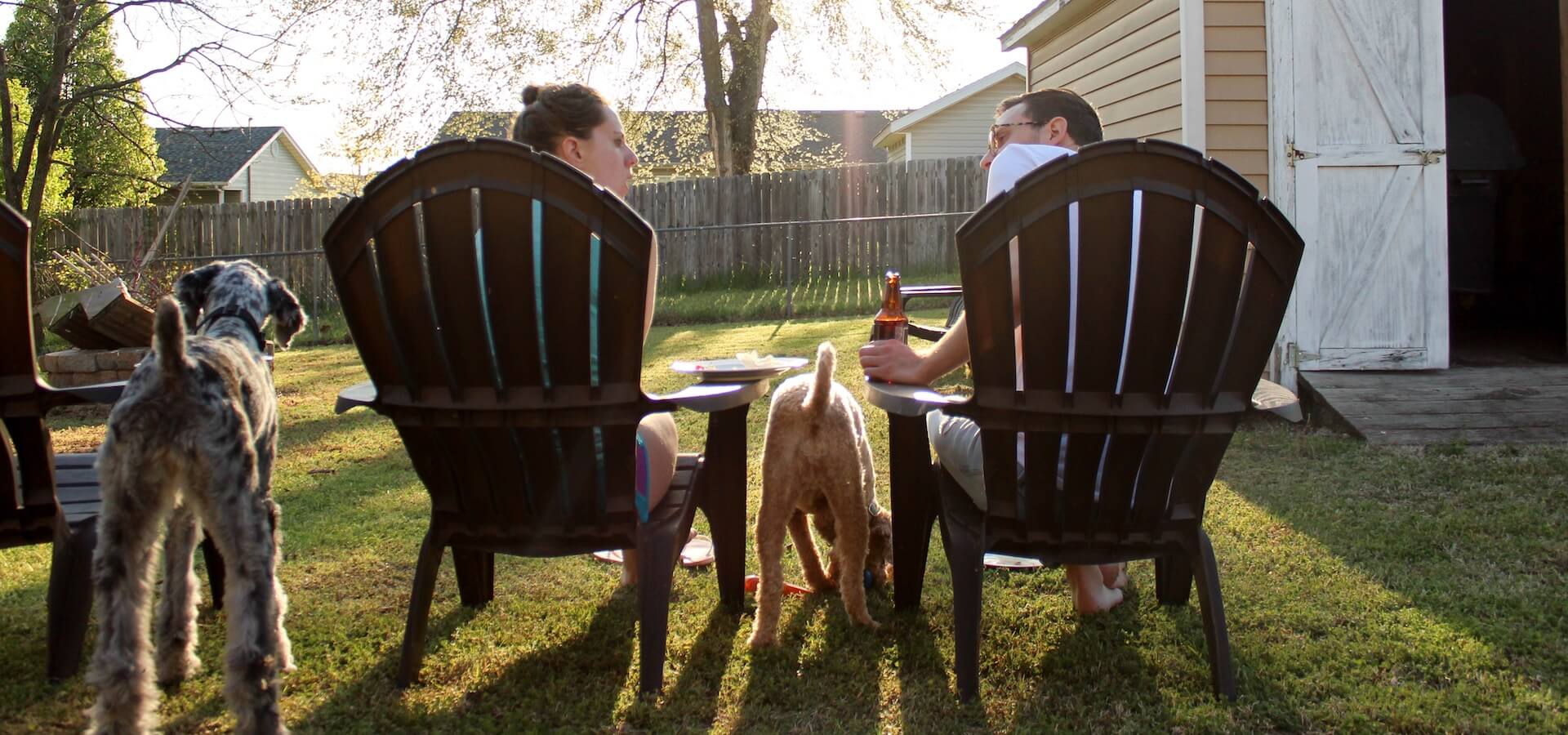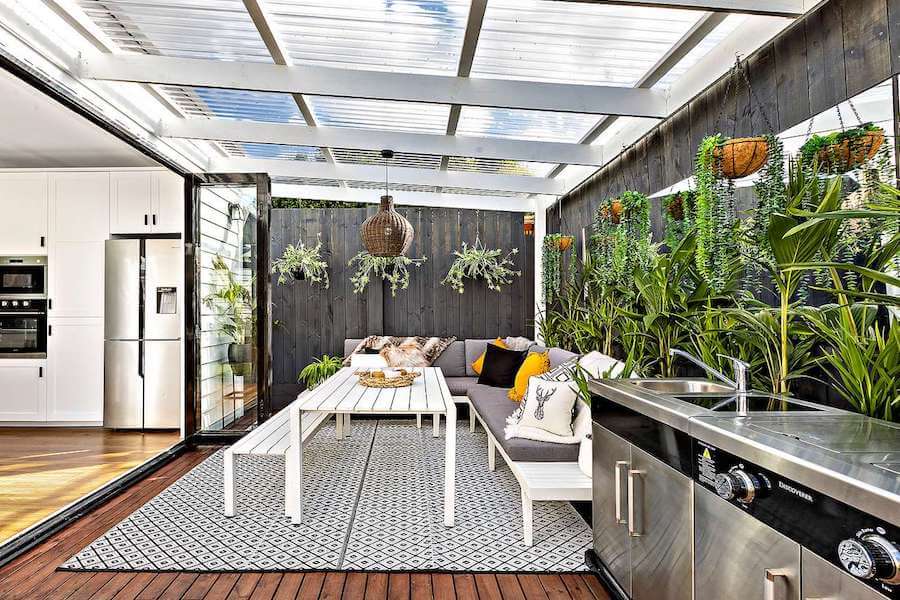While tending a vegetable garden may have once seemed attainable for only the greenest of thumbs, more people are starting to realise the benefits of growing produce in their own backyards.
Indoor plants are also having their own renaissance when it comes to interior design – a quick flick through Instagram or a home magazine shows Australians love a well-placed pot plant or succulent.
A bit of hard work in a good garden will allow you to reap the benefits – whether it’s to save money, avoid pesticides, swap produce with other garden enthusiasts or simply for the love of growing something.
Plants and veggies are also highly sought after at markets, so setting up your own edible garden could turn into a profitable little business.
But it’s not as simple as just digging a hole, chucking some seeds in and hoping for the best – from scaffolding mesh to the soil, tools to cuttings, read on to find out how to set up the perfect home veggie garden.

Planning your nursery
First, you need to figure out exactly what it is you want to do – do you want to grow herbs or vegetables? Maybe succulents or cacti are more your thing? Perhaps something pretty like geraniums or agapanthus?
Whatever it is you want to grow, it needs to be supported by your garden layout. Consider how much sun or shade your plants will require, how easy the area can be accessed for watering and tending, and if it’s free from animals and children.
Measure your area, plan it out on graph paper, then start plotting the boundaries with rope – this will help you determine whether the area is the right fit for your plants.

Use the right soil & fertiliser
When it comes to growing strong, healthy plants, not just any old dirt will do – you need to choose the right nutrient-rich soil that will help your specific seeds and plants develop and thrive.
Once you’ve got your area ready for planting, it’s time to figure out your soil!
An easy way to start off is using a commercial potting mix – you can pick these up from any hardware store or garden centre, and it’s relatively cheap.
You’ll also need fertiliser to mix into your soil at the appropriate times of the season. Depending on what plants you’re planning to grow, you’ll be stuck deciding between liquid fertiliser or dry pellets. Speak to a pro at your local garden centre to find out what will work to achieve your gardening goals.
Protect your plant babies
Australia’s climate can be a bit unforgiving – we can go from hot and humid summers to cold and frosty winters in no time at all!
One of the most important parts of starting your nursery will be planning how to protect your plants – they’ll need guarding against insects, pests, animals, too much sun and cold frosts.
An easy way to protect your garden is scaffolding mesh – it’s tough, durable, and will help keep insects and pests out of your garden bed, and smart placement of the mesh will allow the right amount of sun through, allowing your plants to flourish.
Look for scaffolding mesh that is UV-stabilised and made from monofilament thread – that means it’s durable, can withstand harsh weather conditions and will provide the best shade for your garden.

Start planting
Now you’ve got your backyard set up, you know what you want to plant, you’ve got your scaffolding mesh aligned perfectly, and your soil is ready to go – now comes the fun part.
But what’s the best way – transplants, growing your own seedlings or planting the seeds directly into the ground?
It depends on both your goals and the type of plant you want to grow.
You can start your fruit orchard or veggie garden by buying transplants from your local nursery or garden store and plant directly into your garden bed. This gives you a little head-start and is convenient, though it can limit your variety.
You can grow your own seeds – this can be complex and time-consuming, but you’ll get a greater variety of plants and save a lot of money. It’s also very rewarding when you see your little seeds turn into fledging plants.
Finally, some plants should be directly seeded straight into your garden, not grown indoors and re-planted or bought as transplants. Some seeds will just grow quickly and don’t need help, and some don’t like being transplanted. If you’re looking to grow root crops, corn, beans and greens like spinach and arugula, it’s best to directly seed.

No matter what you want to grow, make sure you read your seed packets or catalogues carefully – it will tell you everything you need to know!







Very informative